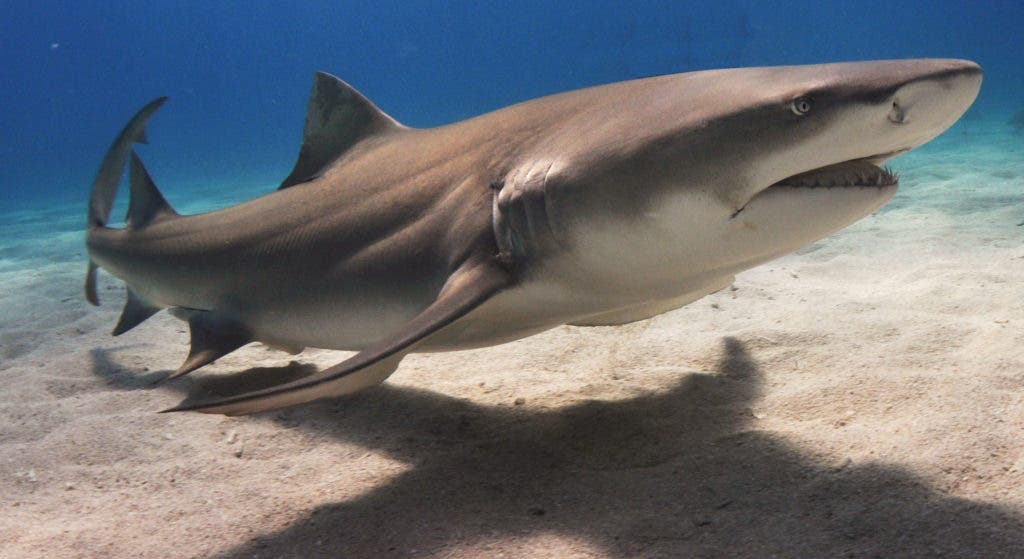Sharks and rays are among the most intensely studied marine wildlife. For some reason, though, we seem to have vastly underestimated their lifespan. According to an Australian researcher from James Cook University, some sharks and rays can live twice as long as previously estimated.

Dr. Alastair Harry analyzed data for 53 different populations of sharks and rays finding that nearly a third of the studies which followed their lifespan had underestimated the animals’ ages. Grey nurse sharks (Carcharias taurus), can live up to 40 years old, double the length of time first thought, and the age of New Zealand porbeagle sharks (Lamna nasus) had been underestimated by an average of 22 years, according to Harry.
To estimate the age of a shark, researchers typically count growth rings in their vertebrae. Alternatively, the measurement is confirmed by using other methods like tagging and injecting the animals with a fluorescent marker or by measuring the carbon isotopes accumulated in the animal tissue following the nuclear weapons testing of the 1950s.
“Age underestimation appears to happen because the growth rings cease to form or become unreliable beyond a certain size or age. Across the cases I studied age was underestimated by an average of 18 years, and up to 34 years in one instance. From the amount of evidence we now have it looks like the problem is systemic rather than just a few isolated cases,” Harry said in a statement.
Accurately gauging the age of marine life can be of vital importance, especially to industries involved in fishing that rely on age estimates to manage fishery stocks.
Previously, an underestimation of the orange roughy‘s lifespan led to poor fish stock productivity with long-term ecological and socio-economic impacts. Sharks and rays aren’t really sought after by fishermen but they do get caught in the net as bycatch and later are used as proxies. That means the impacts of age underestimation may well take longer to become apparent.
“It could lead to inefficient prioritisation of research, monitoring and management measures. If it’s as widespread and common as it seems from this study, the impacts could also be substantial from a wider scientific perspective, affecting the many disciplines that also use baseline life history data,” he said.


